Yichao Xiong
Ultra Light OCR Competition Technical Report
Oct 25, 2021
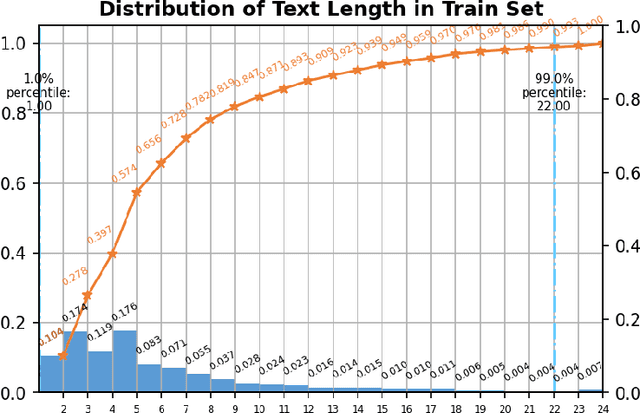

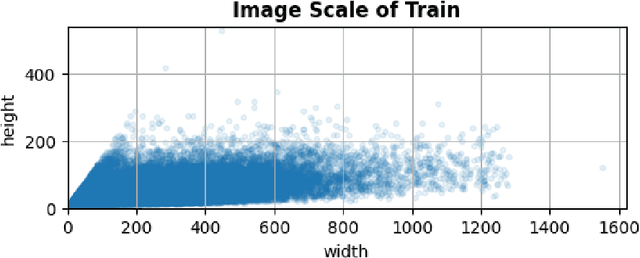
Abstract:Ultra Light OCR Competition is a Chinese scene text recognition competition jointly organized by CSIG (China Society of Image and Graphics) and Baidu, Inc. In addition to focusing on common problems in Chinese scene text recognition, such as long text length and massive characters, we need to balance the trade-off of model scale and accuracy since the model size limitation in the competition is 10M. From experiments in aspects of data, model, training, etc, we proposed a general and effective method for Chinese scene text recognition, which got us second place among over 100 teams with accuracy 0.817 in TestB dataset. The code is available at https://aistudio.baidu.com/aistudio/projectdetail/2159102.
RGB Stream Is Enough for Temporal Action Detection
Jul 09, 2021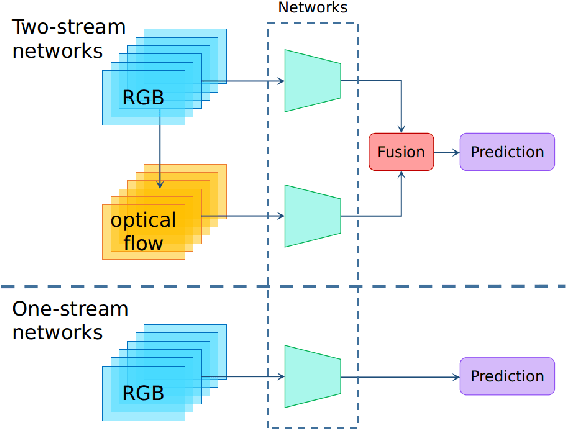


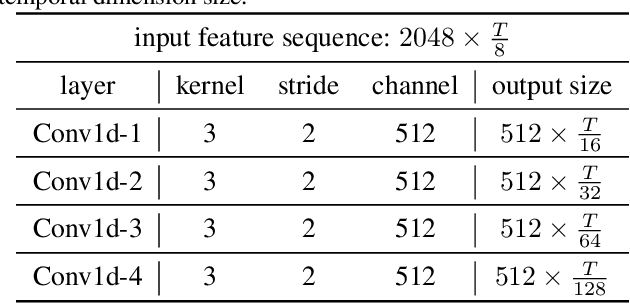
Abstract:State-of-the-art temporal action detectors to date are based on two-stream input including RGB frames and optical flow. Although combining RGB frames and optical flow boosts performance significantly, optical flow is a hand-designed representation which not only requires heavy computation, but also makes it methodologically unsatisfactory that two-stream methods are often not learned end-to-end jointly with the flow. In this paper, we argue that optical flow is dispensable in high-accuracy temporal action detection and image level data augmentation (ILDA) is the key solution to avoid performance degradation when optical flow is removed. To evaluate the effectiveness of ILDA, we design a simple yet efficient one-stage temporal action detector based on single RGB stream named DaoTAD. Our results show that when trained with ILDA, DaoTAD has comparable accuracy with all existing state-of-the-art two-stream detectors while surpassing the inference speed of previous methods by a large margin and the inference speed is astounding 6668 fps on GeForce GTX 1080 Ti. Code is available at \url{https://github.com/Media-Smart/vedatad}.
An Enhanced Prohibited Items Recognition Model
Feb 24, 2021
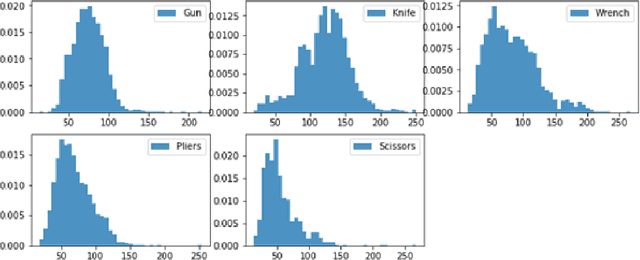

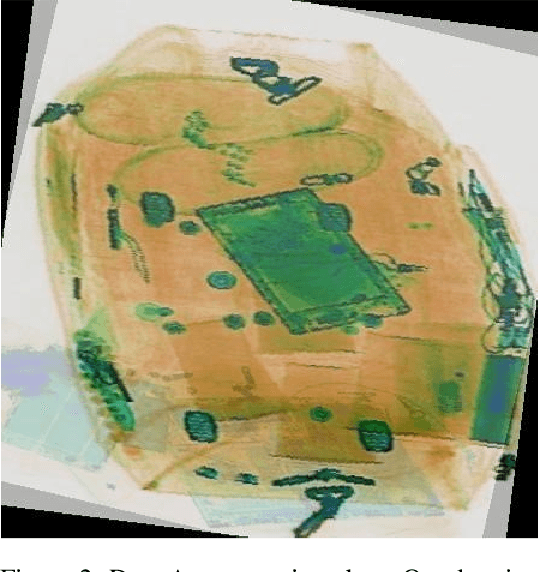
Abstract:We proposed a new modeling method to promote the performance of prohibited items recognition via X-ray image. We analyzed the characteristics of prohibited items and X-ray images. We found the fact that the scales of some items are too small to be recognized which encumber the model performance. Then we adopted a set of data augmentation and modified the model to adapt the field of prohibited items recognition. The Convolutional Block Attention Module(CBAM) and rescoring mechanism has been assembled into the model. By the modification, our model achieved a mAP of 89.9% on SIXray10, mAP of 74.8%.
CSTR: A Classification Perspective on Scene Text Recognition
Feb 22, 2021
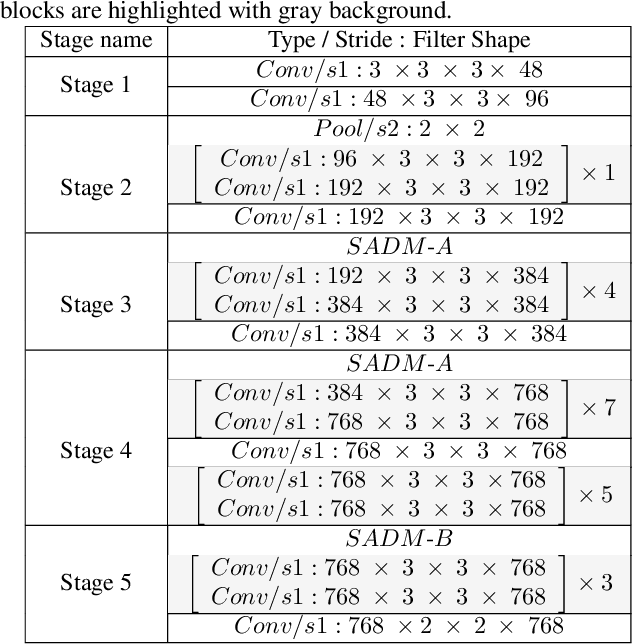


Abstract:The prevalent perspectives of scene text recognition are from sequence to sequence (seq2seq) and segmentation. In this paper, we propose a new perspective on scene text recognition, in which we model the scene text recognition as an image classification problem. Based on the image classification perspective, a scene text recognition model is proposed, which is named as CSTR. The CSTR model consists of a series of convolutional layers and a global average pooling layer at the end, followed by independent multi-class classification heads, each of which predicts the corresponding character of the word sequence in input image. The CSTR model is easy to train using parallel cross entropy losses. CSTR is as simple as image classification models like ResNet \cite{he2016deep} which makes it easy to implement, and the fully convolutional neural network architecture makes it efficient to train and deploy. We demonstrate the effectiveness of the classification perspective on scene text recognition with thorough experiments. Futhermore, CSTR achieves nearly state-of-the-art performance on six public benchmarks including regular text, irregular text. The code will be available at https://github.com/Media-Smart/vedastr.
TinaFace: Strong but Simple Baseline for Face Detection
Dec 02, 2020


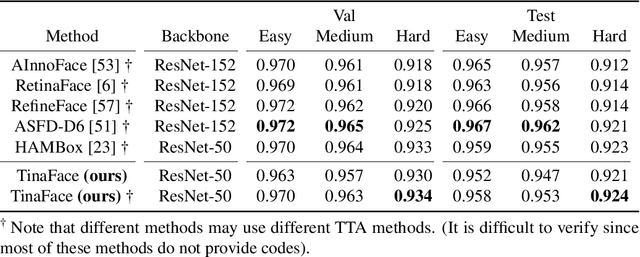
Abstract:Face detection has received intensive attention in recent years. Many works present lots of special methods for face detection from different perspectives like model architecture, data augmentation, label assignment and etc., which make the overall algorithm and system become more and more complex. In this paper, we point out that \textbf{there is no gap between face detection and generic object detection}. Then we provide a strong but simple baseline method to deal with face detection named TinaFace. We use ResNet-50 \cite{he2016deep} as backbone, and all modules and techniques in TinaFace are constructed on existing modules, easily implemented and based on generic object detection. On the hard test set of the most popular and challenging face detection benchmark WIDER FACE \cite{yang2016wider}, with single-model and single-scale, our TinaFace achieves 92.1\% average precision (AP), which exceeds most of the recent face detectors with larger backbone. And after using test time augmentation (TTA), our TinaFace outperforms the current state-of-the-art method and achieves 92.4\% AP. The code will be available at \url{https://github.com/Media-Smart/vedadet}.
A Solution to Product detection in Densely Packed Scenes
Jul 23, 2020
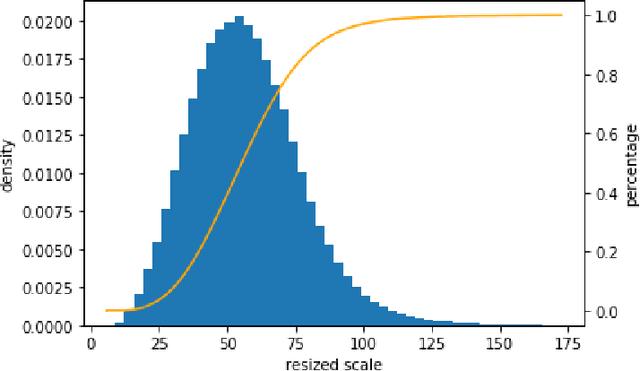

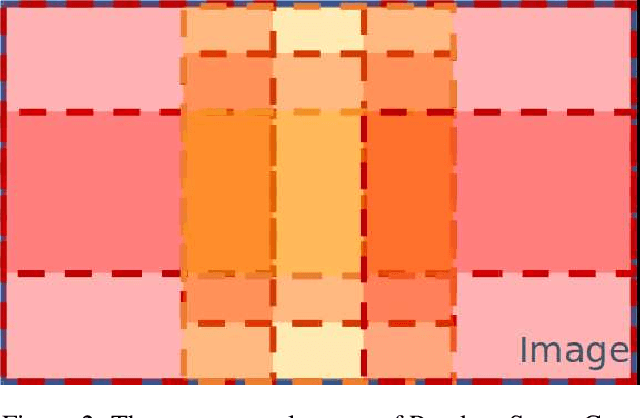
Abstract:This work is a solution to densely packed scenes dataset SKU-110k. Our work is modified from cascade R-CNN. To solve the problem, we proposed a random crop strategy to ensure both the sampling rate and input scale is relatively sufficient as a contrast to the regular random crop. And we adopted some of trick and optimized the hyper-parameters. To grasp the essential feature of the densely packed scenes, we analysis the stages of a detector and investigate the bottleneck which limits the performance. As a result, our method obtains 58.7 mAP on test set of SKU-110k.
Unsupervised Triplet Hashing for Fast Image Retrieval
Feb 28, 2017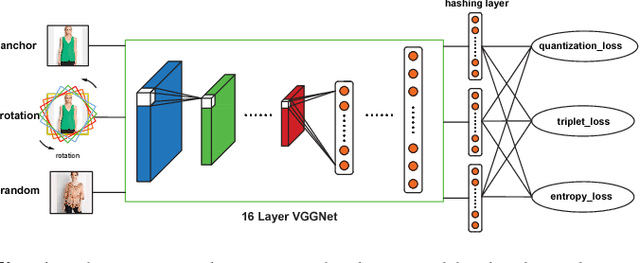
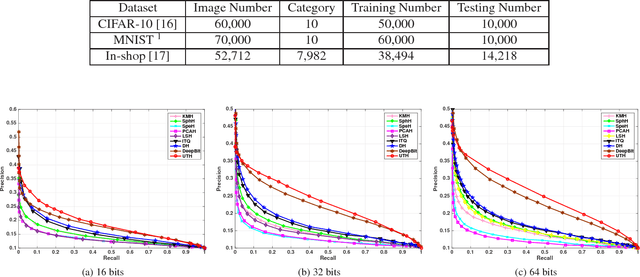


Abstract:Hashing has played a pivotal role in large-scale image retrieval. With the development of Convolutional Neural Network (CNN), hashing learning has shown great promise. But existing methods are mostly tuned for classification, which are not optimized for retrieval tasks, especially for instance-level retrieval. In this study, we propose a novel hashing method for large-scale image retrieval. Considering the difficulty in obtaining labeled datasets for image retrieval task in large scale, we propose a novel CNN-based unsupervised hashing method, namely Unsupervised Triplet Hashing (UTH). The unsupervised hashing network is designed under the following three principles: 1) more discriminative representations for image retrieval; 2) minimum quantization loss between the original real-valued feature descriptors and the learned hash codes; 3) maximum information entropy for the learned hash codes. Extensive experiments on CIFAR-10, MNIST and In-shop datasets have shown that UTH outperforms several state-of-the-art unsupervised hashing methods in terms of retrieval accuracy.
 Add to Chrome
Add to Chrome Add to Firefox
Add to Firefox Add to Edge
Add to Edge